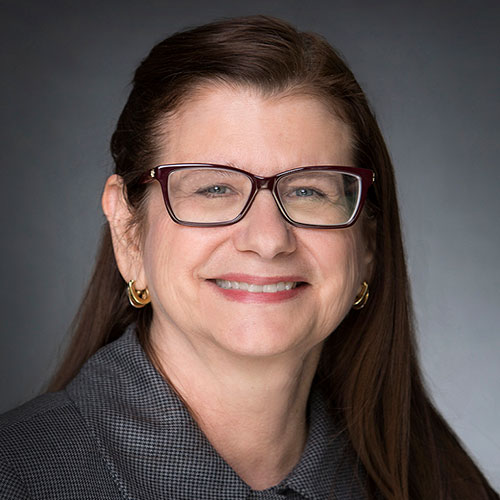LUGPA champions physician-led practices, ensuring faster access, advanced technology, and equitable urology care in communities nationwide.

Celeste Kirschner, M.H.S.A., CAE
Chief Executive Officer, LUGPA

Scott Sellinger, M.D., FACS
Partner, Southeastern Urological Center
What does Large Urology Group Practice Association (LUGPA) represent in the field of urology?
Celeste Kirschner: LUGPA is a trade association formed in 2008 that represents about 160 independent urology practices across the United States. Our mission from the outset has been to advance the independent practice of urology, advocate for independent physicians’ ability to use top-level technology in their practices, and help them cultivate the clinical, business, and administrative excellence that they need to succeed in today’s very competitive climate.
Scott Sellinger: I’ll also add that LUGPA was originally born with the concept of large, 10-physician practices, but we came to the realization that it was really more about independent physician-directed practices, so even a group of one individual practitioner can be a member of LUGPA.
What’s the main difference between an independent urology group practice and a hospital-employed urologist practice?
CK: LUGPA’s informal motto is faster, better, and cheaper. Our practices have the ability to take patients in at a very quick pace and to have them seen quickly, as opposed to health systems that can sometimes take three or four months to be able to see a urological specialist. Independent practices have the most available, latest technologies at their fingertips so that patients can be treated more quickly and at a lesser cost.
SS: However you want to look at it, we pride ourselves on being able to efficiently take care of patients to the highest level. It’s an extremely efficient model; we take care of everything from very early-stage prostate cancer to end-stage metastatic disease, all in-house. Patients don’t need to go see multiple specialists; they can get all of their care with us.
How is LUGPA fighting health equity gaps in prostate cancer?
SS: We have what we call “advanced prostate cancer clinics” in essentially all of our LUGPA groups that are led by what we call “champions,” who are experts in the field. These clinics branch out into all the areas of the region that are covered by that group, so patients can be seen in satellite offices or main offices. Also, we take care of everybody that we see who comes in with prostate cancer and needs treatment, whatever their financial situation.
CK: Our groups might have their main office in a major city center, but their satellite offices will often have clinics that are as much as 200 miles away from their main center. That allows LUGPA groups to serve patients in many communities.
What are some of the biggest challenges in the field of urology right now?
SS: This is a broad description, but the biggest challenge is the workforce. We estimate there is a shortage of about 3,000 and 4,000 urologists in the United States. The average age of practicing urologists is roughly 55 years old. In many areas, urologists are staying in practice just because they can’t find replacements to take over for them and they don’t want to abandon their patients. Additionally, we don’t have nearly the number of training programs to put out the number of urologists that we need. It’s just not sustainable.
CK: 63% of counties in the United States do not have a practicing urologist. Not only is the workforce shrinking, but the population is increasing, and the number of older patients is increasing. Fewer doctors for more people with more needs isn’t going to work. That, to me, is one of the most crucial problems that we have now.
What advice would you give to young urologists?
SS: Decide what model fits your personality and needs best. Figure out if you want to be in a LUGPA-type group that’s independent, integrated, and physician-directed, in an academic setting where you see the hardest-to-treat patients, or in a community hospital where you are an employee and typically only focused on taking care of patients. In the LUGPA model, the doctors are running a business on top of taking care of patients, so they typically wear more than one hat. Whatever direction you go, we’re all here to make a difference in patient care and take the best care of patients that we can.
CK: LUGPA physicians are entrepreneurial and innovative. They’re interested in advancements in the field and take a lot of pride in coming up with new ideas and new concepts to better take care of patients. We recognize the future of all of our groups; we’re not just pushing independent practice, but we do encourage and hope that some urology residents will decide that they want to be the masters of their own destiny and join an independent group.

